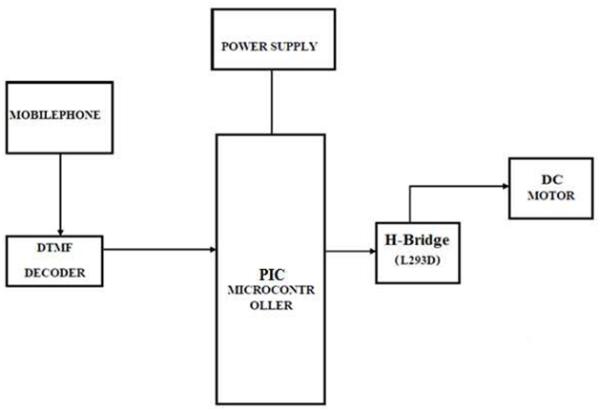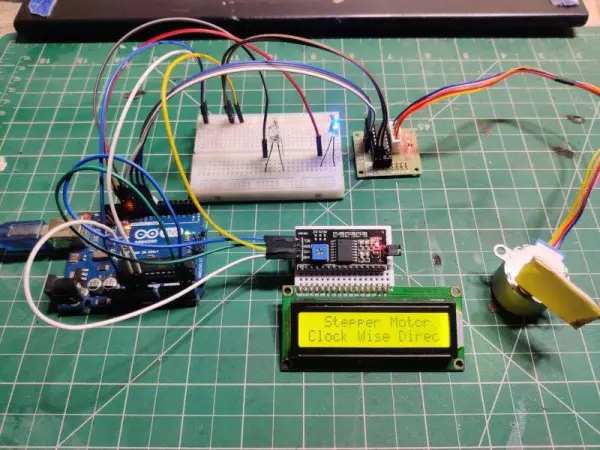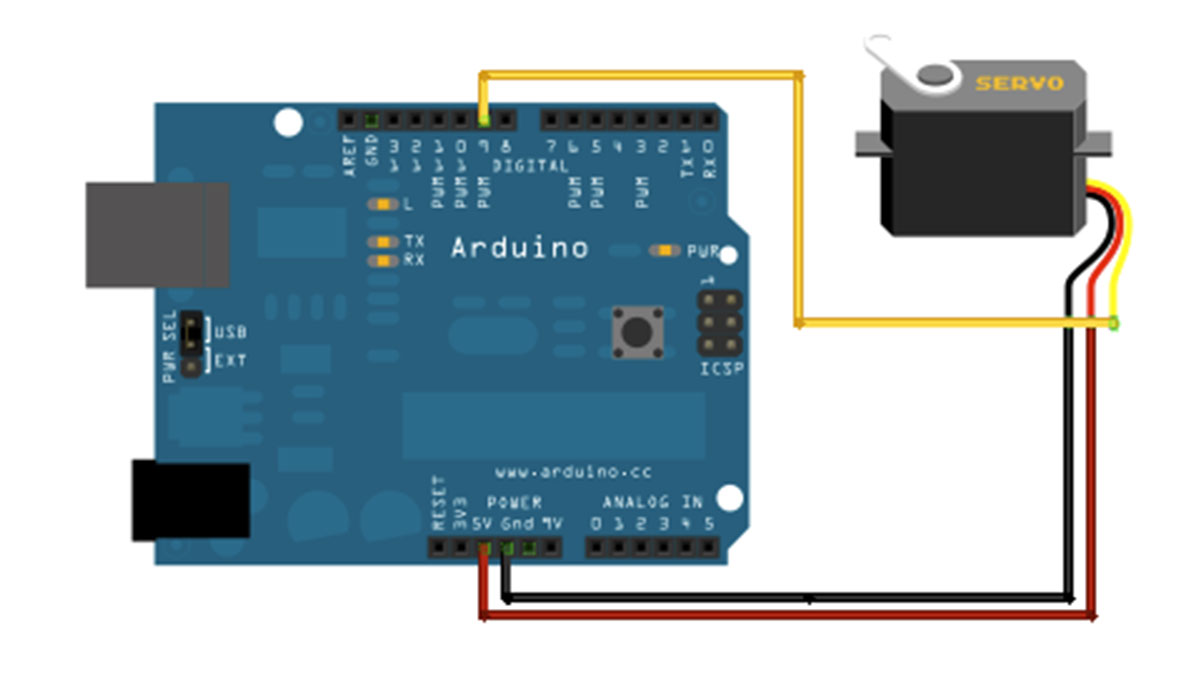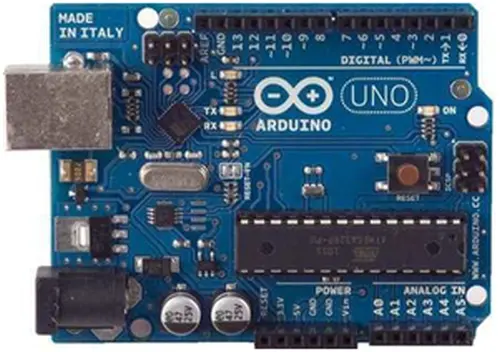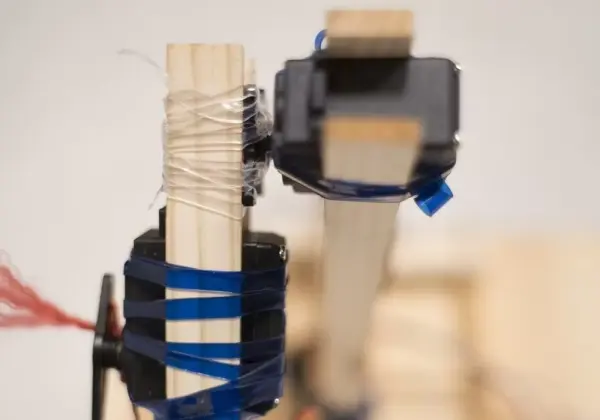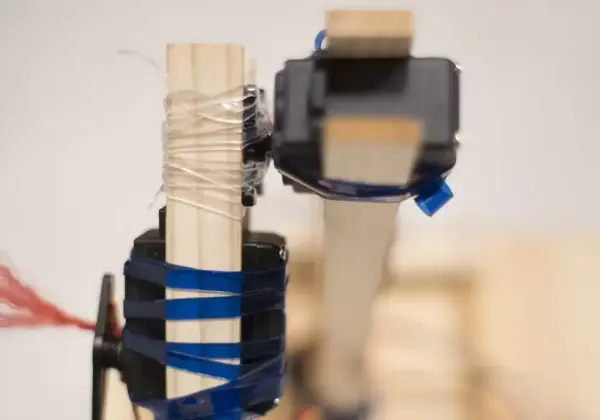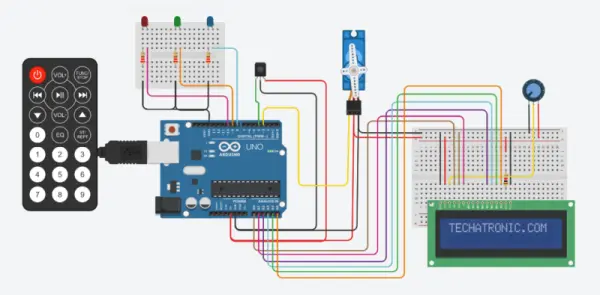Telecommunication and Computer Networks: Speed Regulation of DC Motor Using DTMF Keypad
Introduction In the realm of telecommunication and computer networks, the application of Dual Tone Multi-Frequency (DTMF) technology has extended beyond traditional telephony into diverse fields, including industrial automation and control systems. One intriguing application of DTMF technology is in the speed regulation of DC motors. This project, titled “Speed Regulation of DC Motor Using DTMF […]

